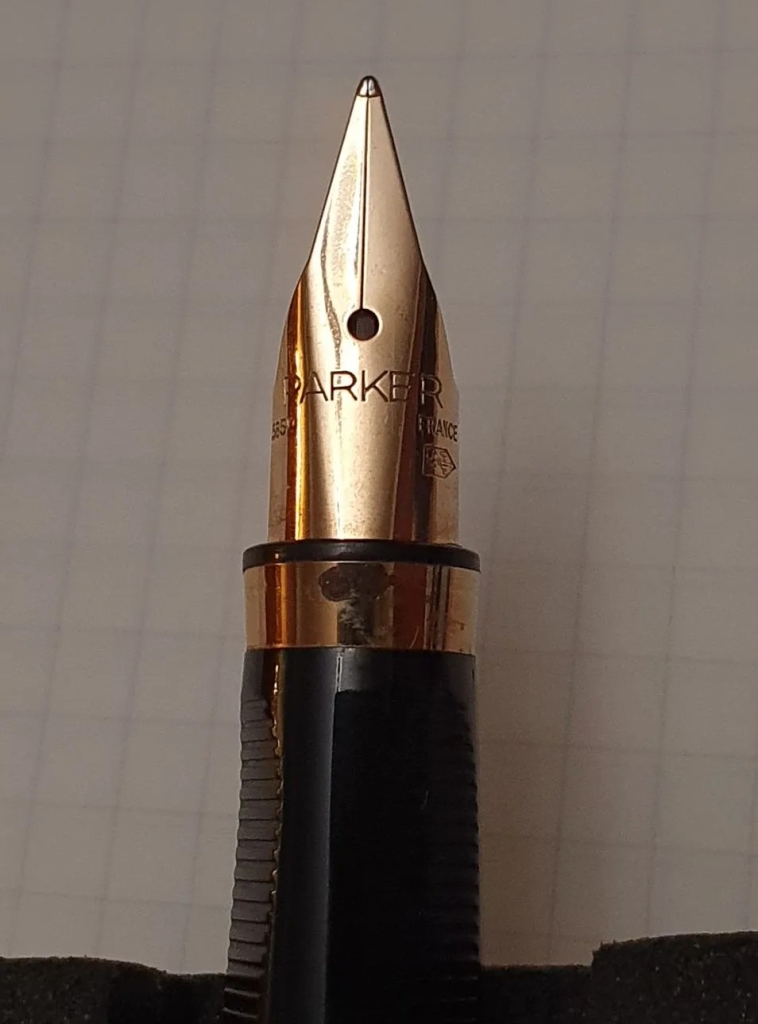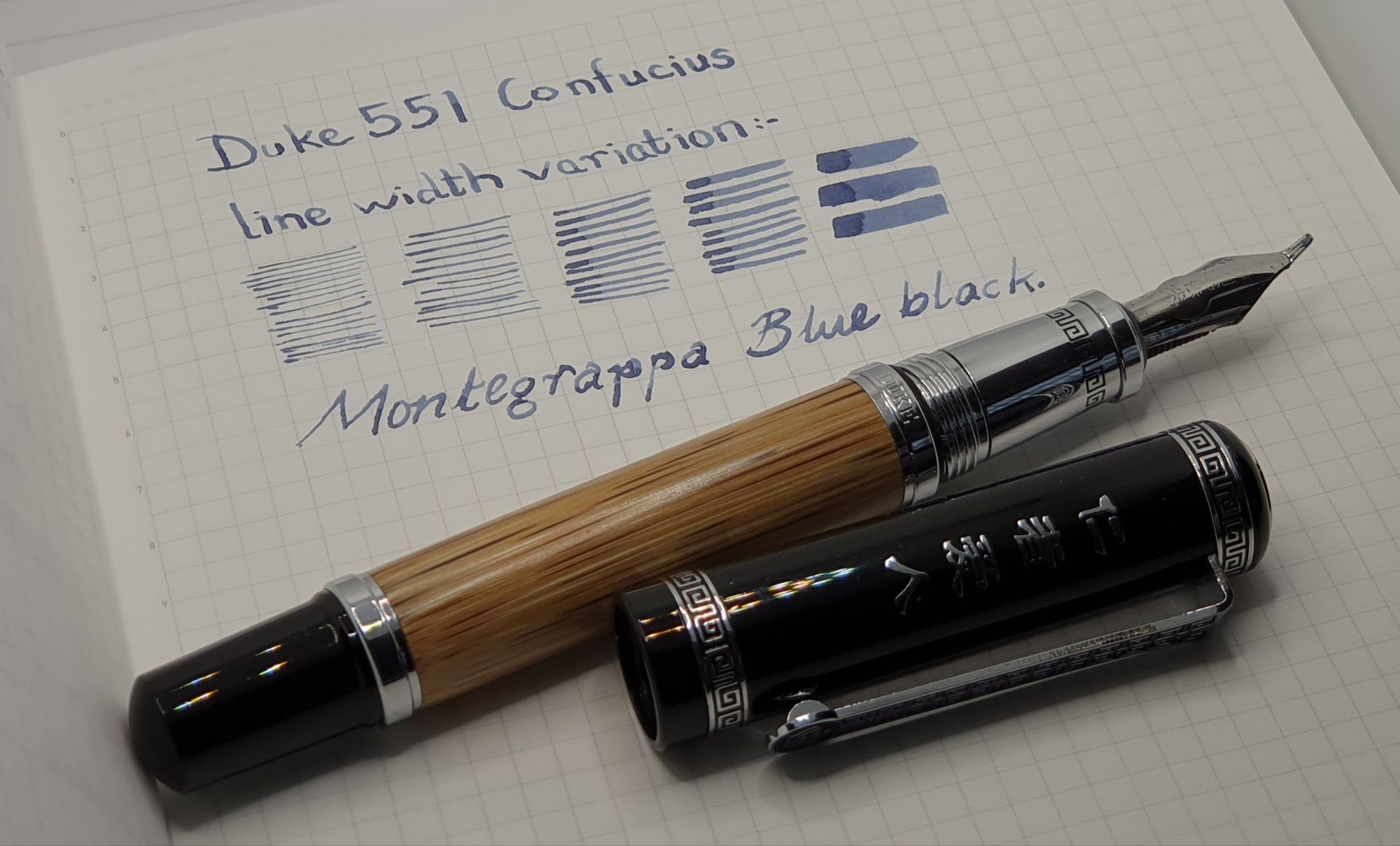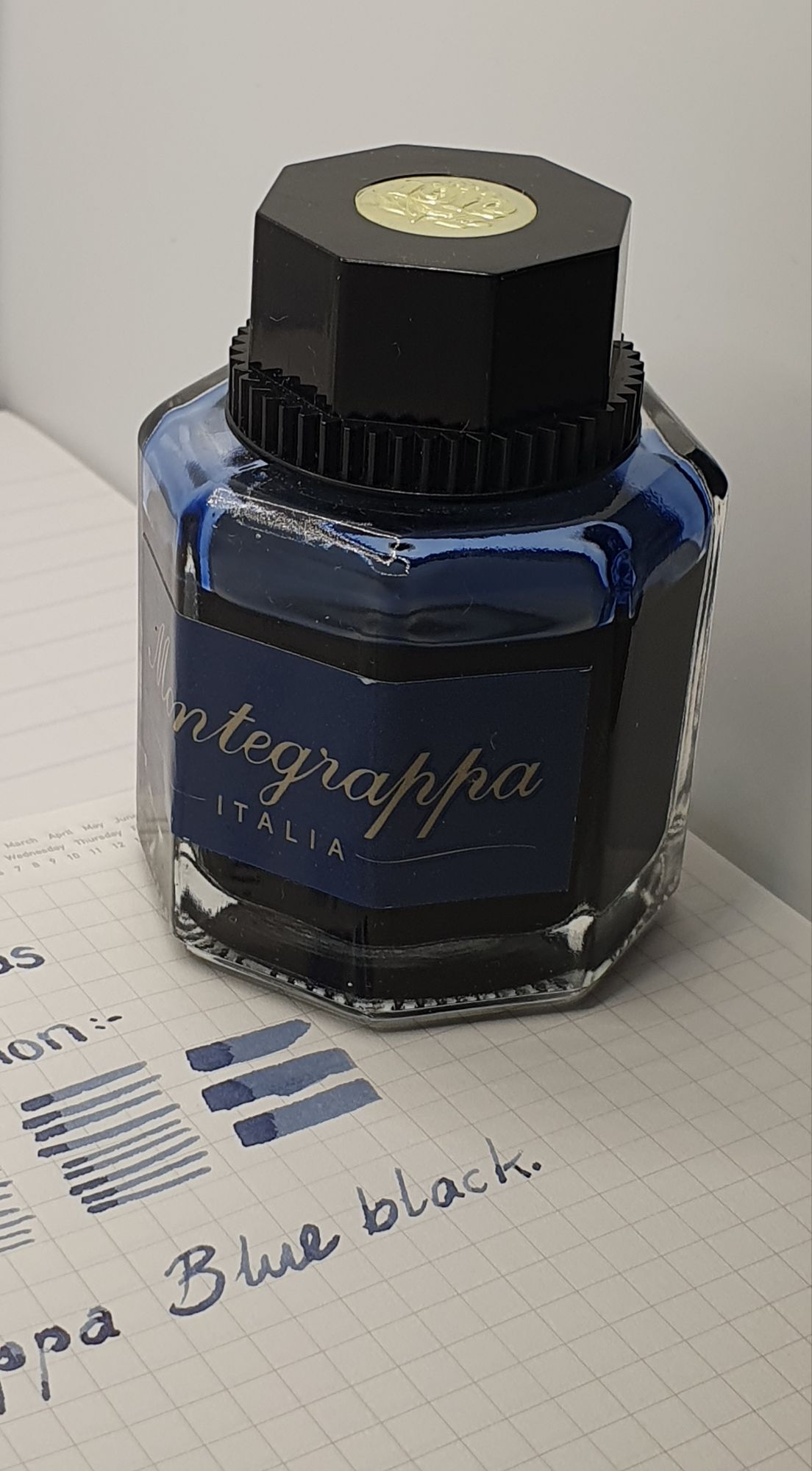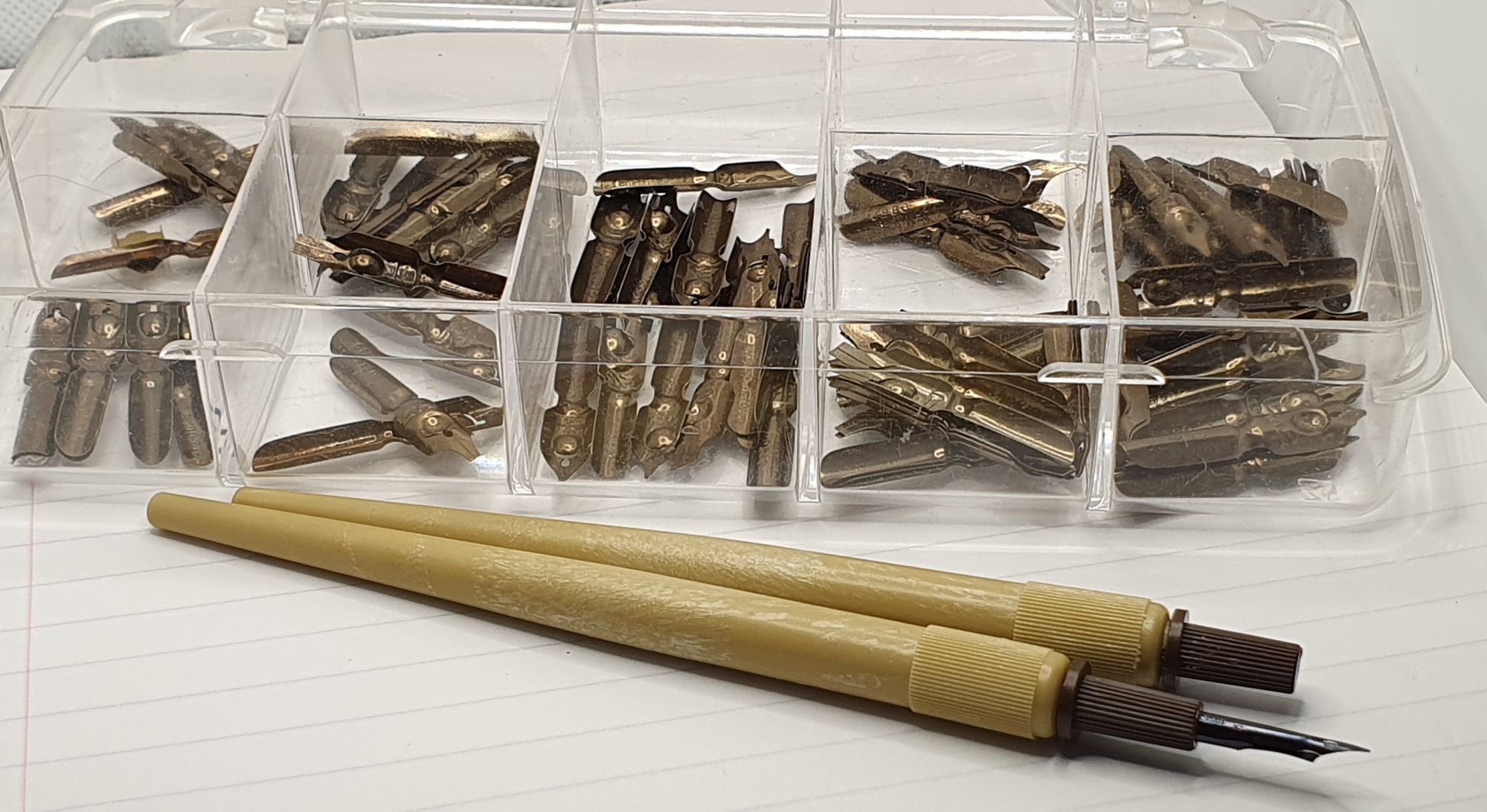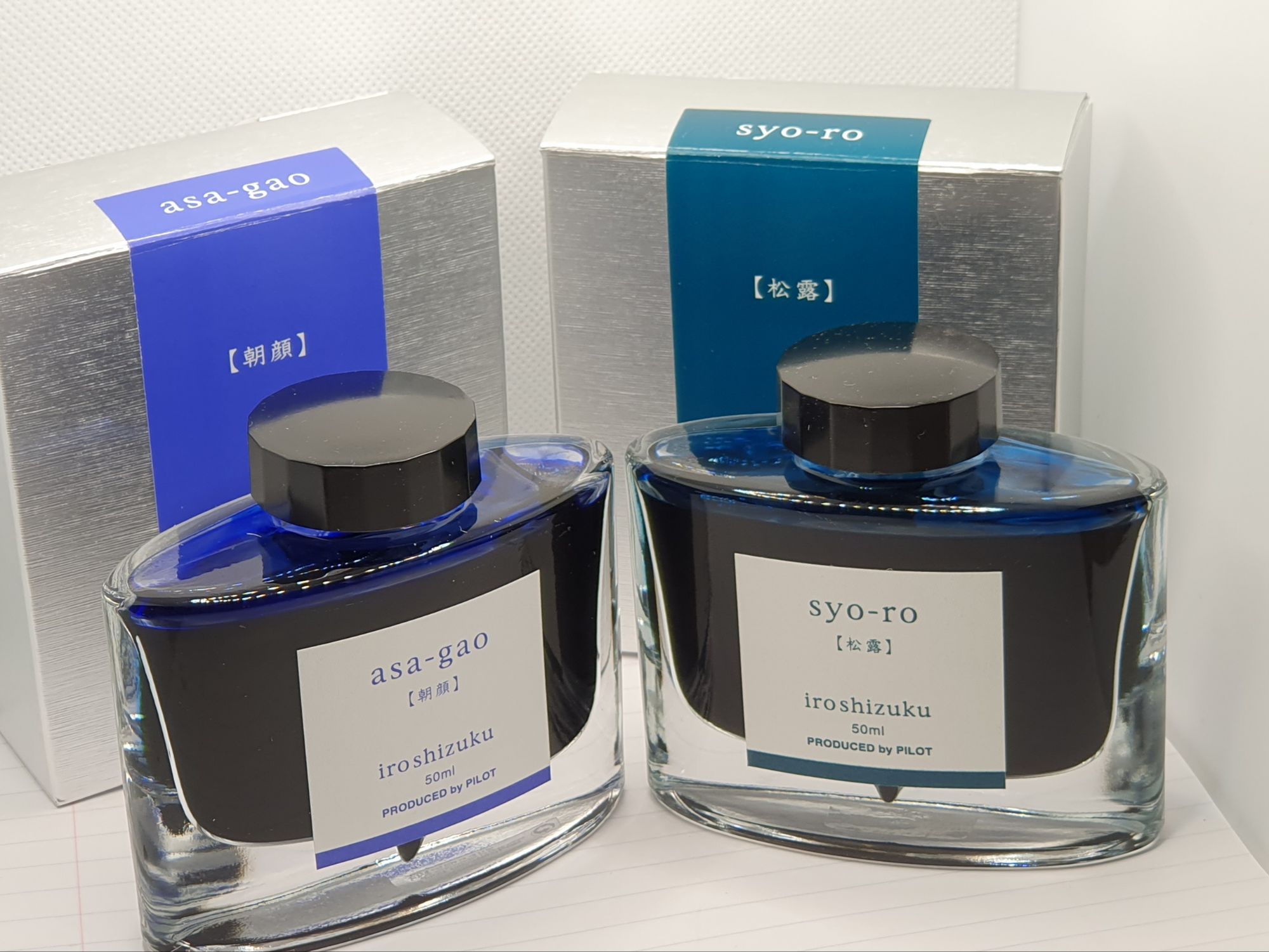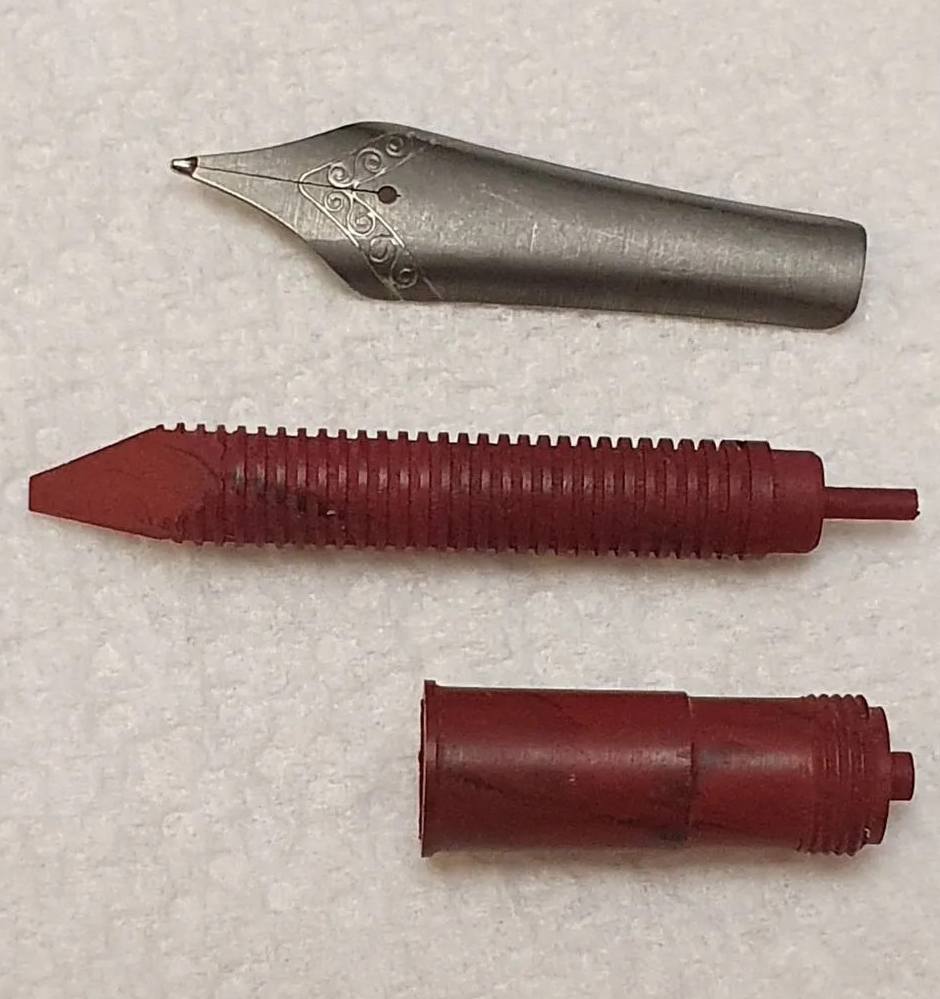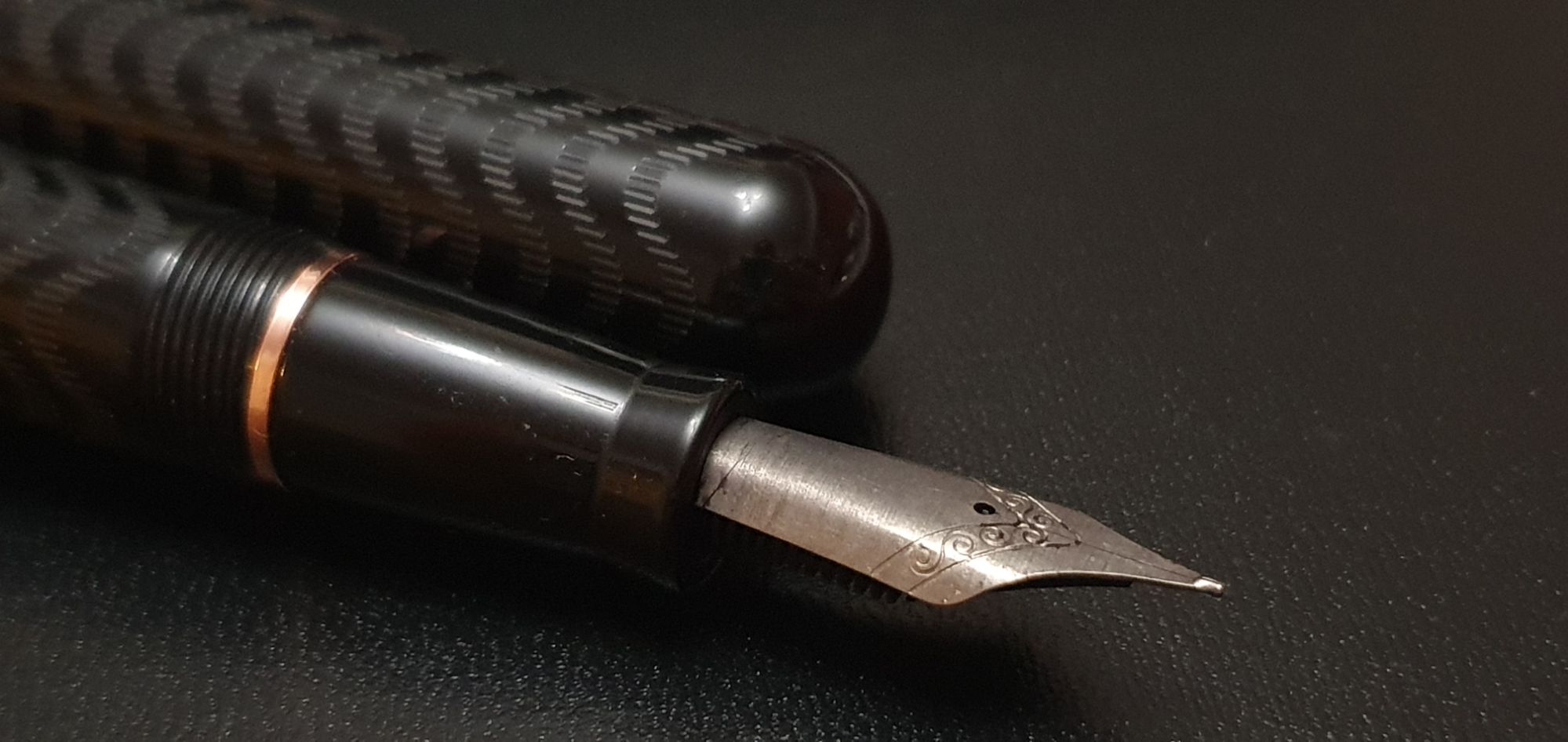I have had this pen since 27 December 1986, bought at WHSmiths, Uxbridge. I know this because I still have the box with the Access card sales voucher, with the guarantee and care guide, folded up beneath the pen tray. So, that’s 37 years.
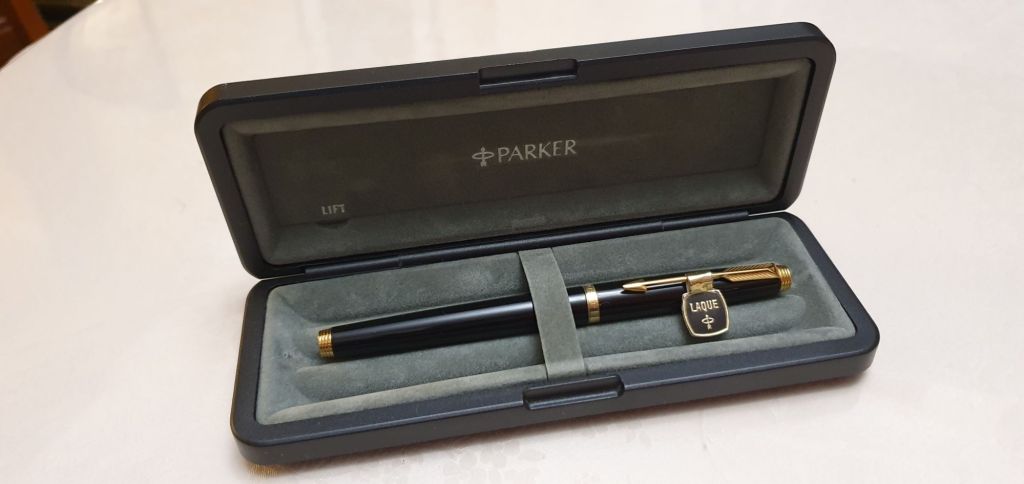
I wish I could say that during that time, the pen has been a constant companion, always to hand, faithful and dependable, travelling with me everywhere. But that would not be true. Certainly, that was the aim, but for some reason things did not work out and I never gelled with the pen.
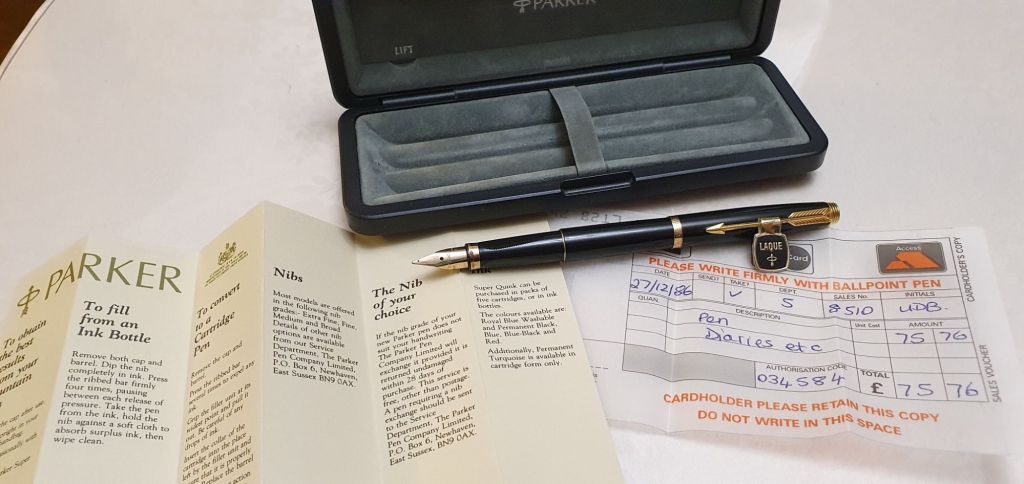
As I still have my old diaries, I dug out my old 1986 volume to see whether I had written anything about the purchase. Sure enough, there was a line near the top of the page (after a reminder to watch the movie “Splash” at 8.30pm), which reads “See about Parker 75 Lacque (sic) £60!?” So, I was aware of the pen and its price and planned to give it another look. Perhaps I had seen it, possibly marked down in the post-Christmas sales.
My diary entry went on to say “I went to Uxbridge with Hilly (my sister) & bought the Parker 75 Laque fountain pen. Also got us an A4 size diary each and went in M&S & got some pre-faded jeans for £14.99! Pyjamas in Burtons where they were playing “If she knows what she wants” (Bangles).* My pen was an example of reality not matching up to the dream…grips in the wrong place & writes a little dry. Watched Splash with mum & felt a bit sad.”
Not much of a honeymoon period for the Parker then. I was already disappointed with it, the day I bought it. This sounds to me like an early case of buyer’s remorse.
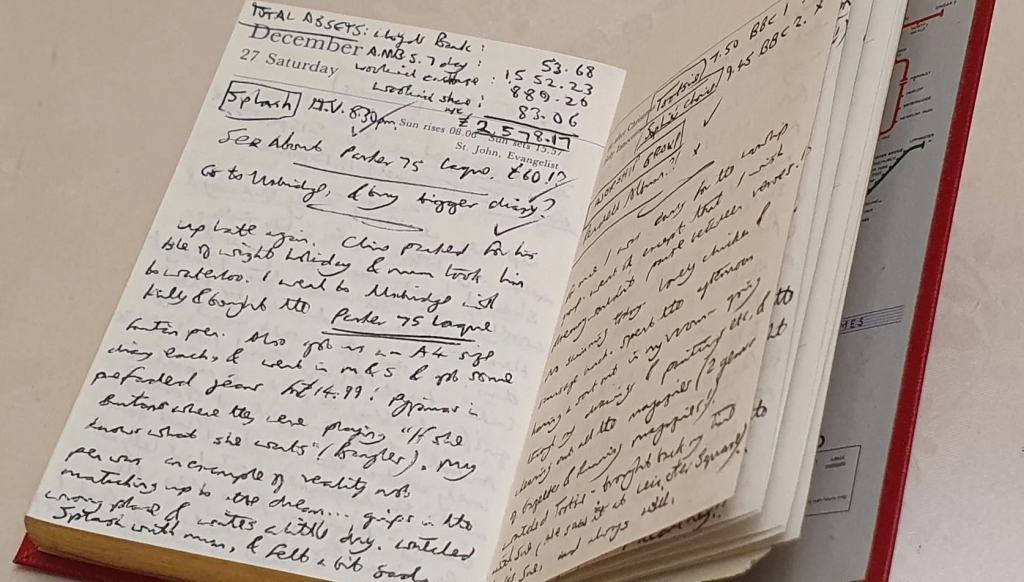
The pen cost me £60.00. This was quite a lot of money for me at the time, when I might have been accustomed to buying steel-nibbed Sheaffer No Nonsense pens for about one tenth of that amount. Indeed, a quick calculation in my diary recorded the meagre total of my savings at that time. Expectations for the pen costing 2.3% of my net worth, would have been high.
I see that I took an almost immediate dislike to the facets on the grip section (but not quite quick enough to stop me buying it). The pen was also quite small and slender, compared to what I had been used to.
It’s worth reminding ourselves that this was before the age of the internet, websites, YouTube reviews, nib-meisters and the interconnected global fountain pen community. This was 10 years before I possessed a PC. I was on my own, unless I wrote a letter to Parker (which I did once, to ask about an image used in one of their advertisements).
As I did not enjoy using the pen very much, it stayed in its box, largely untouched for the next 37 years.
Thinking back, I do not remember even being aware of the pen’s special and possibly unique feature for that time, namely that the nib and feed could be turned a few degrees to the left or to the right in the section, to alter the alignment of the facets in relation to the nib. Supposedly this was to help people, such as myself, who liked to rotate their pen (in my case, to the right) but then found that the symmetrical facets were no longer equidistant from the centre of the nib: you were left with thumb and finger resting on an uncomfortable sharp ridge.
Perhaps this innovation would have helped me. I simply cannot recall now whether I had tried experimenting with this facility and still not liked the pen, or whether I was completely unaware of the feature. I need to look back for any more references in my diaries.
On the rare occasions when I did get the pen out again, I noticed a little corrosion on the gold plated ring at the end of the section (called a “rust ring”). This did not help endear the pen to me.
It was only last year, when a friend wrote to me and mentioned the Parker 75 and its adjustable nib feature, that I remembered that I had one and got it out to try turning the nib. It is very easy. No tools are required. You just grip the nib and feed and twist them left or right, as desired.
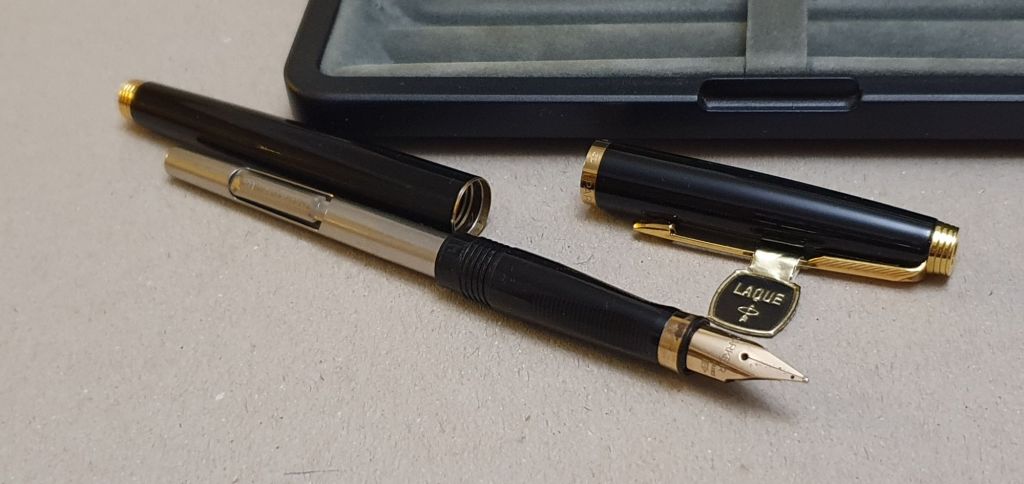
The only other pen I know of now that had this feature, is a child’s beginner pen, the Stabilo EASYbirdy (not to be confused with the EASYbuddy which does not have this ability).
Last year was a year in which my enthusiasm for vintage Parker fountain pens flourished, helped by eBay and pen shows. I collected a number of Parker 17, 45 and 61 models as well as a Parker 51, all of which I enjoyed very much. I am glad to have a Parker 75 in this line-up.
One thing I have learned in recent years, is how to make some basic adjustments to a fountain pen nib, to make it write wetter or smoother, using a loupe, some brass shims, some micromesh pads and a bit of courage and/or recklessness. A few weeks ago, I got out my Parker 75 again. I spent a few minutes examining the nib and then eased the tines apart just a little, until a gap could be seen all the way to the tip. Then, checking that the tines were still aligned I tried writing with the pen once again. A few minutes’ effort had made a huge improvement. I found a suitable converter, filled the pen with Waterman Serenity Blue and have been enjoying it ever since. The medium nib now writes with a smooth, easy flow and has just a little softness too.
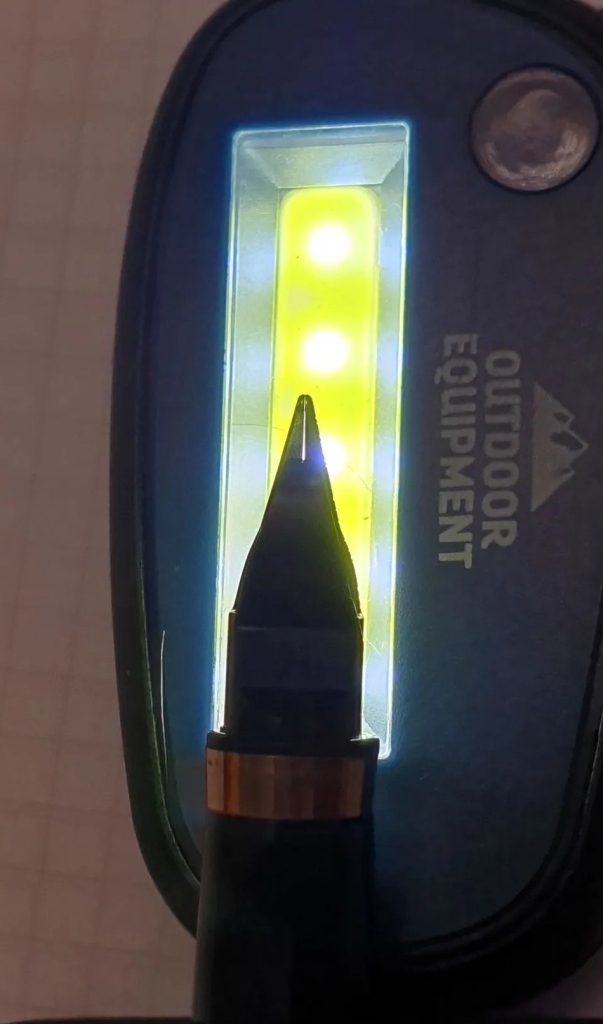
Better late than never. I no longer regret buying the pen, but only that I did not have the knowledge to tinker with the nib all those years ago. The main thing is that we are getting along again now. Feel free to reflect upon the lessons of this post, when you next hear Billy Joel singing “Turn the Lights Back On.”
*”If She Knew What She Wants” song, by The Bangles.
